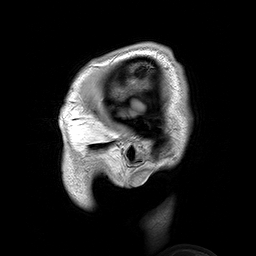Migraines can be extremely debilitating, as any sufferer will know, leading to hours spent in a darkened room and heavy-duty painkillers. But we still don't really understand what causes them. Now researchers writing in the latest edition of the journal Neuron have made a step forward in understanding what may make the brain vulnerable to migraine attacks.
 This is work by Daniela Pietrobon and her colleagues in Italy and the Netherlands. We know from previous research that the so-called aura in migraine, a visual disturbance, is cause by something called cortical spreading depression - this is an electrical wave that passes across the cortex of the brain. It's thought that this wave brings on the migraine. In this work, the researchers studied mice with a gene fault called FHM1, the same fault that causes a condition in humans called familial hemiplegic migraine. These mice also show cortical spreading depression, so they're thought to be a good model for human migraine.
This is work by Daniela Pietrobon and her colleagues in Italy and the Netherlands. We know from previous research that the so-called aura in migraine, a visual disturbance, is cause by something called cortical spreading depression - this is an electrical wave that passes across the cortex of the brain. It's thought that this wave brings on the migraine. In this work, the researchers studied mice with a gene fault called FHM1, the same fault that causes a condition in humans called familial hemiplegic migraine. These mice also show cortical spreading depression, so they're thought to be a good model for human migraine.
The scientists studied the brains of these mice in depth, and discovered that the brains of mice with the FHM mutation showed high levels of release of a neurotransmitter called glutamate - this is the main chemical in the brain that excites, or activates, nerve cells. When the researchers dropped the levels of glutamate in the FHM mice, they found that the mice didn't show cortical spreading depression.
The results show that overactive release of glutamate might explain why cortical spreading depression is more likely to be seen in the mice with the FHM mutation, suggesting that migraine might be down to the imbalance between activation and suppression of nerve cell activity in the brain. This idea needs following up with studies in humans, but in the end, it may help to explain why some people are so susceptible to migraines, and maybe point towards new avenues for future treatments.
- Previous Mad fish disease
- Next Aquatic creatures burp greenhouse gas










Comments
Add a comment